Introduction
Why Do Cats Eyes Water: Delve into the intriguing world of feline health as we explore the phenomenon of watery cat eyes. From environmental factors and allergies to underlying medical conditions, there’s a range of reasons why your cat’s eyes might water. In this article, we’ll unravel the mysteries behind excessive tearing in cats, offering valuable insights to help you better understand and address this common issue. Whether you’re a concerned cat owner or simply curious, join us on a journey to uncover the truth behind why cats’ eyes water.
Have you ever noticed your beloved feline friend’s eyes glistening with a touch more moisture than usual? While a certain level of eye watering is normal for cats, excessive tearing might raise questions about their well-being. In our exploration of ‘Why Do Cats’ Eyes Water,’ we’ll embark on a quest to decipher the various factors that contribute to this phenomenon. From tear duct anatomy and breed predispositions to potential irritants and infections, understanding the reasons behind watery eyes in cats is essential for maintaining their health and ensuring their comfort. Join us as we unravel the mysteries behind those shimmering cat eyes and empower you with knowledge to give your cat the best care possible.
The captivating realm of feline ocular health, where the shimmering gaze of your cat becomes a window into their well-being. The question of why cats’ eyes water is a multifaceted inquiry that unveils a world of insights into their physiology and potential ailments. Beyond the endearing appearance of teary eyes lies a tale of genetics, environmental triggers, and potential health concerns. Join us in this exploration as we navigate through the common causes of excessive tearing in cats, unraveling the layers of information that every cat owner should know. Get ready to gain a deeper understanding of your feline companion and equip yourself with the knowledge to ensure their optical comfort and happiness.
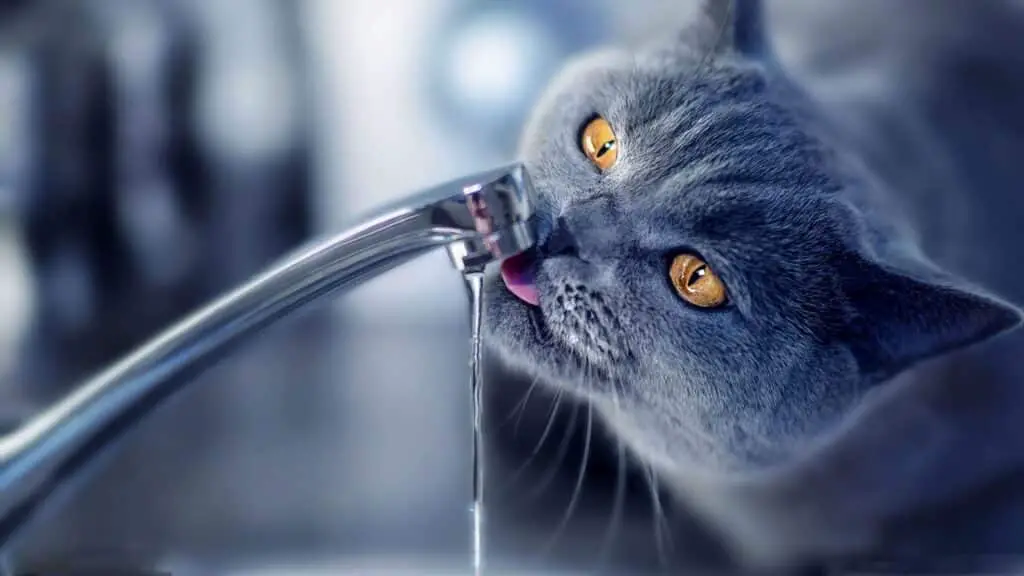
Should I be worried if my cats eye is watering?
If your cat’s eye is watering, this does not necessarily mean a serious illness, but it should be examined by a vet. They will be able to prescribe the right medication after diagnosis. You can help your pet by washing their eyes with warm water and keeping them clean.
Environmental Factors: Dust, pollen, smoke, and other irritants in the air can cause temporary eye watering. If you’ve recently changed cleaning products or introduced new scents to your home, these could trigger a reaction.
Allergies: Cats, like humans, can develop allergies to certain substances. Food allergies, inhaled allergens, or contact allergies might lead to watery eyes as part of a broader allergic reaction.
Conjunctivitis: Also known as “pink eye,” this inflammation of the conjunctiva (the tissue lining the eyelids and covering the front of the eyeball) can cause watery eyes, along with redness and discharge.
Foreign Bodies: A particle like a tiny piece of dust, a hair, or even an eyelash can get lodged in a cat’s eye, leading to irritation, watering, and sometimes even blinking or squinting.
Why is my cat leaking clear liquid from his eyes?
A clear discharge often indicates a viral infection whereas green or yellow discharge suggests that your cat has a bacterial infection. When dealing with eye infections early diagnosis and treatment can help to avoid more serious complications down the road.
Environmental Irritants: Dust, pollen, smoke, and other airborne irritants can lead to increased tear production and the appearance of clear discharge. These irritants can cause temporary eye watering as the eyes try to flush out foreign particles.
Allergies: Cats, like humans, can develop allergies to certain substances. Allergic reactions might lead to clear eye discharge, along with other symptoms like sneezing, itching, and skin irritation.
Conjunctivitis: Also known as “pink eye,” conjunctivitis is an inflammation of the conjunctiva—the tissue lining the eyelids and covering the front of the eyeball. Clear discharge, along with redness and swelling, can be indicative of this condition.
Stress or Anxiety: Cats can experience stress or anxiety due to changes in their environment, routine, or interactions. Stress can sometimes lead to excessive tearing and clear eye discharge.
Do cats cry when sad?
Cats don’t cry tears when they’re sad or in pain. But Halls says whether your cat is experiencing emotional or physical pain, they’ll exhibit behavioral changes that could include vocal crying. The sound of a cat crying is typically longer in duration and lower in frequency than day-to-day cat chatter.
Behavioral Changes: Cats may exhibit changes in behavior when feeling sad or distressed. They might become withdrawn, hide more frequently, or avoid social interactions.
Vocalizations: Some cats might meow or vocalize more than usual when they’re feeling upset. These vocalizations can range from plaintive meows to persistent cries, signaling their discomfort.
Reduced Appetite: A cat’s appetite might decrease when they’re feeling sad or stressed. A sudden change in eating habits can be an indicator of underlying emotional turmoil.
Lethargy: Cats that are feeling down might appear lethargic and disinterested in their usual activities, such as play and exploration.
Do cats cry watery eyes?
Cats don’t cry like people do, but they still have tears for purely for functional reasons, like washing away debris and keeping the eyes lubricated. Excessive eye watering is called epiphora, and it can have perfectly benign causes or be a sign that your cat needs veterinary care.
Environmental Factors: Just like humans, cats’ eyes can water in response to environmental factors like dust, pollen, smoke, or strong odors. This is a natural defense mechanism to flush out irritants.
Allergies: Cats can experience allergies to certain substances, leading to increased tear production and watery eyes. Inhaled allergens or contact with allergens can trigger this response.
Eye Irritation: Foreign bodies like dirt, dust, or hairs can irritate the eyes, causing them to water as the cat’s body attempts to remove the irritants.
Conjunctivitis: Also known as pink eye, conjunctivitis is an inflammation of the conjunctiva—the tissue lining the eyelids and covering the front of the eyeball. It can cause watery eyes along with redness and discharge.
Is cat eye discharge serious?
Your cat’s eyes, when healthy, should look clear and bright. However, if you notice anything unusual about them, such as goopy discharge or discolouration, it may be a good idea to bring them to the vet.
Conjunctivitis: Also known as pink eye, this inflammation of the conjunctiva can lead to redness, irritation, and discharge. Bacterial or viral infections can cause conjunctivitis.
Foreign Bodies: Dust, dirt, hairs, or other foreign particles can get into the eye, leading to irritation and discharge as the eye tries to flush out the irritant.
Allergies: Cats can develop allergies to various substances, including pollen, dust, or certain foods. Allergic reactions might lead to eye irritation and discharge.
Infections: Bacterial or viral infections can cause eye discharge, especially if it’s thick, colored, and accompanied by other symptoms like squinting or redness.
Is cat eye discharge normal?
Your eye boogers are a normal accumulation of different things, like dried tears and mucus. Cats get that crusty morning gunk as well. So long as there aren’t mounds of it, and your cat’s eyes are bright and clear, there’s no reason to panic.
Clear and Occasional Discharge: Cats can naturally produce a clear and watery discharge, especially after waking up from sleep. This discharge helps keep the eyes lubricated and removes minor irritants.
Blinking and Tear Distribution: Cats blink to spread their tears evenly over the cornea—the clear front surface of the eye. This blinking motion helps prevent dry spots and maintain optimal eye health.
Environmental Factors: Cats’ eyes might water slightly in response to environmental stimuli, such as bright light, dust, or changes in air quality. This is a normal reaction to protect the eyes from irritants.
Yawning and Stretching: Yawning and stretching can also stimulate tear production in cats, resulting in temporary watery eyes.
How can I heal my cats eye naturally?
Distilled Water Rinse. Moisten a cotton swab with distilled or sterile water. Wipe the goo out of your cat’s eyes, start from the tear duct and then slowly and gently wipe outward. Repeat this process to help with eye discharge and eyesight, although the infection may still persist.
Regular Grooming
Gently wiping around your cat’s eyes with a damp, soft cloth can help remove dirt and debris that could contribute to eye irritation or discharge.
Clean Environment
Keep your cat’s living space clean and free of dust and allergens. Regularly vacuuming, dusting, and using air purifiers can help minimize potential irritants.
Balanced Diet
Providing a high-quality, balanced diet rich in essential nutrients can support overall health, including eye health. Foods containing antioxidants like vitamin A, C, and E are particularly beneficial.
Omega-3 Fatty Acids
Omega-3 fatty acids, found in fish oil supplements or certain foods, have anti-inflammatory properties that can help maintain eye health and reduce the risk of eye conditions.
Can cat eye infection be cured?
Cat eye infections typically clear up very quickly once treatment begins. Even after your cat’s symptoms have cleared up remember to continue administering medications as per your vet’s instructions.
Causes: Cat eye infections can be bacterial, viral, fungal, or a combination of factors. Common causes include bacteria like Chlamydia and Mycoplasma, viruses like feline herpesvirus, and other external irritants.
Symptoms: Symptoms of an eye infection may include redness, swelling, discharge (clear, yellow, or green), squinting, excessive blinking, pawing at the eye, cloudiness, and discomfort.
Diagnosis: A veterinarian will perform a thorough examination of your cat’s eyes to determine the cause and severity of the infection. Tests may include eye swabs and cultures to identify the specific pathogen.
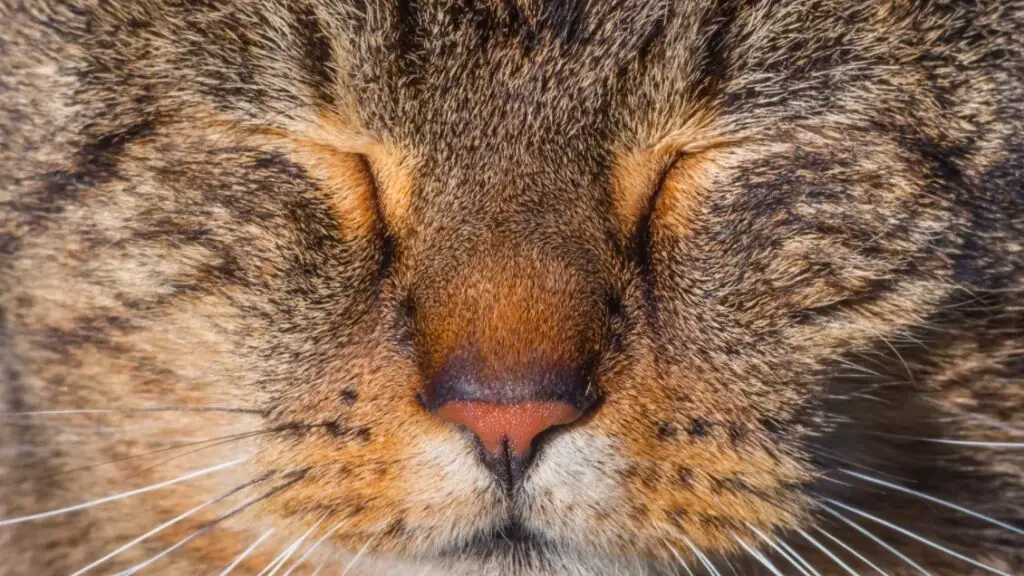
Conclusion
The enigmatic phenomenon of cats’ eyes watering is a subject that intertwines the delicate threads of feline health and well-being. Through our journey, we’ve uncovered a spectrum of contributing factors, from benign reasons like breed predispositions and environmental allergens to potential indicators of underlying medical conditions. As a responsible cat owner, being attuned to your furry companion’s ocular health is crucial. Regular observations, prompt veterinary consultations, and proactive measures can make all the difference in ensuring your cat’s comfort and happiness. Remember, those glistening eyes not only reflect the beauty of your bond but also provide a unique insight into your cat’s overall health. By delving into the ‘why’ behind watery cat eyes, you’ve taken a vital step towards being the best possible caregiver for your beloved feline friend.
In essence, the captivating world of why cats’ eyes water encompasses a blend of science, care, and a deep understanding of our feline companions. Our exploration has revealed that this seemingly simple occurrence can stem from various sources, ranging from the natural anatomy of tear ducts to potential health issues that require attention. As we conclude this journey, it’s evident that being an attentive and informed cat owner goes beyond the ordinary. It means recognizing the nuances of your cat’s behavior, acknowledging the signs their eyes watery communicate, and taking proactive steps to ensure their ocular comfort. By embracing this knowledge, you’re not only nurturing their optical health but also nurturing the profound connection you share with your cherished pet. With every shimmering tear, your cat speaks a language of well-being, and your role as their guardian involves listening, understanding, and always prioritizing their health.
To unravel the intriguing question of why cats’ eyes water is to peer into the complex interplay of nature and nurture that defines our relationship with these enigmatic creatures. Our exploration leads us to recognize that those shimmering tears hold both mundane and profound significance. From the everyday factors like dust and irritants to the potential indicators of allergies or infections, a cat’s watery eyes are a canvas painted with various shades of health cues. As we draw the curtain on this journey, remember that your role as a cat owner is one of care, observation, and action. By understanding the reasons behind their watery eyes, you’re equipped to respond with compassion and promptness. After all, your cat’s eyes are not only windows to their soul but also to their well-being, and you hold the brush to ensure their health masterpiece remains vibrant and clear.

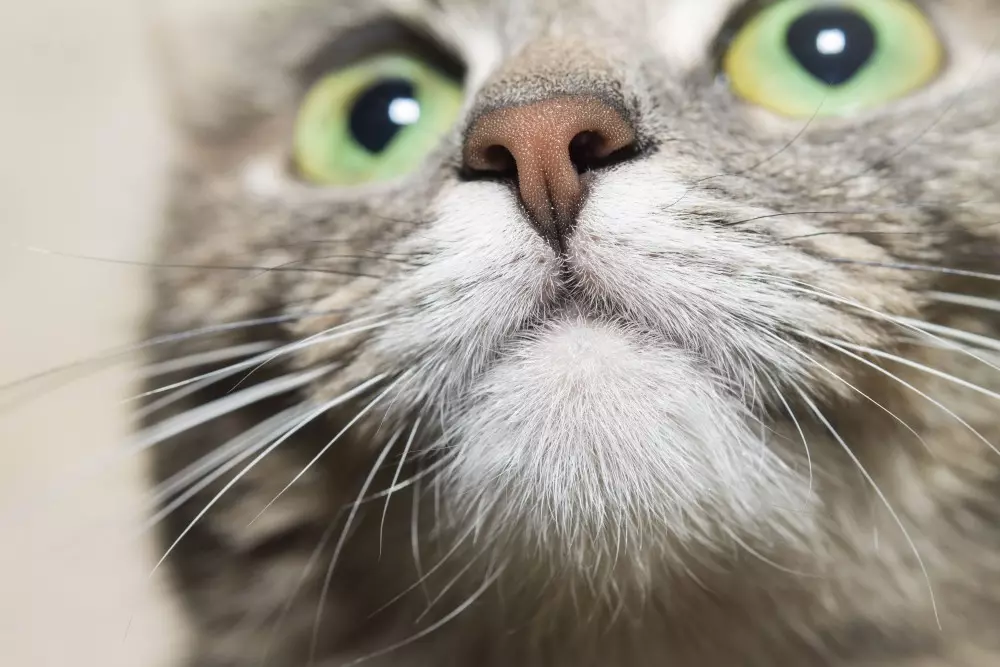
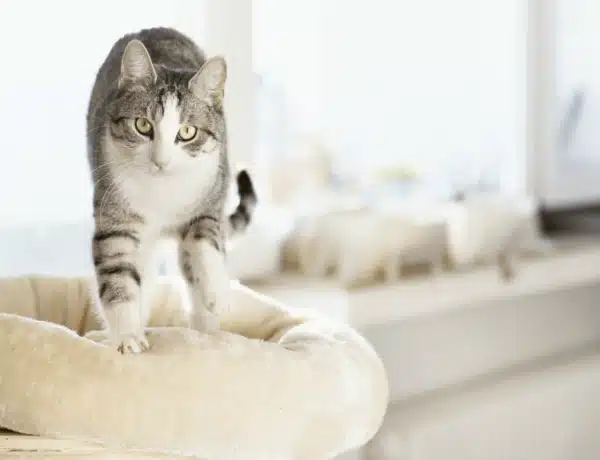
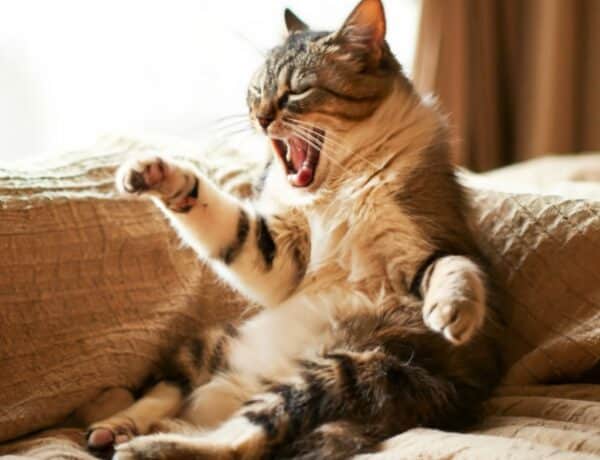
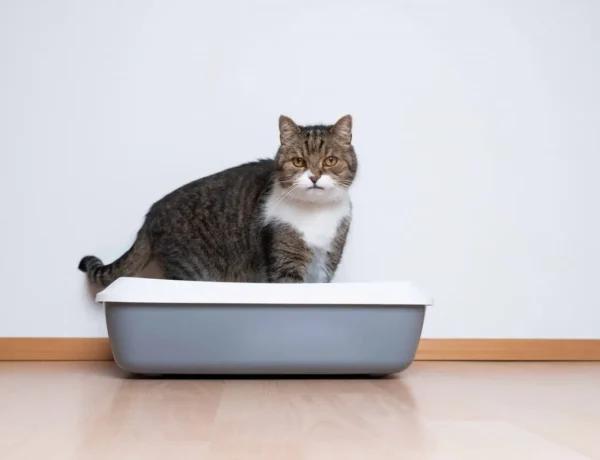
No Comments